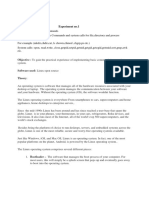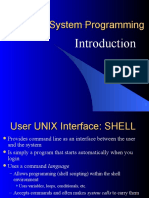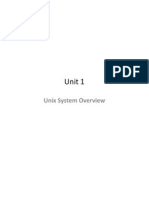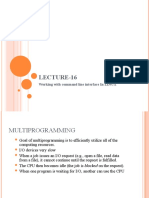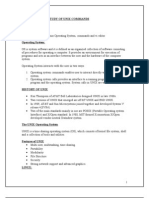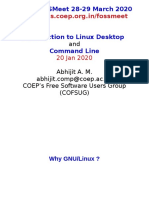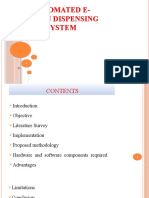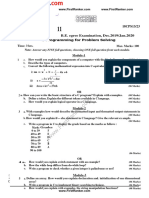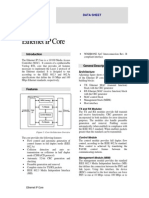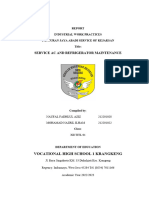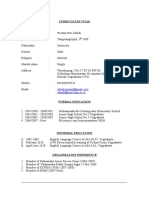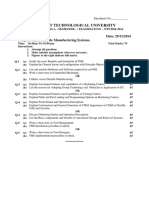0% found this document useful (0 votes)
10 views19 pagesLinux
The document provides an introduction to Linux, covering its architecture, kernel features, system calls, and basic commands. It explains file system implementation, including i-nodes, file permissions, and the hierarchical structure, as well as process management and signals. Additionally, it discusses inter-process communication through pipes and System V IPC, along with multi-threading using PThreads and synchronization mechanisms.
Uploaded by
brigcse05Copyright
© © All Rights Reserved
We take content rights seriously. If you suspect this is your content, claim it here.
Available Formats
Download as DOCX, PDF, TXT or read online on Scribd
0% found this document useful (0 votes)
10 views19 pagesLinux
The document provides an introduction to Linux, covering its architecture, kernel features, system calls, and basic commands. It explains file system implementation, including i-nodes, file permissions, and the hierarchical structure, as well as process management and signals. Additionally, it discusses inter-process communication through pipes and System V IPC, along with multi-threading using PThreads and synchronization mechanisms.
Uploaded by
brigcse05Copyright
© © All Rights Reserved
We take content rights seriously. If you suspect this is your content, claim it here.
Available Formats
Download as DOCX, PDF, TXT or read online on Scribd
/ 19






